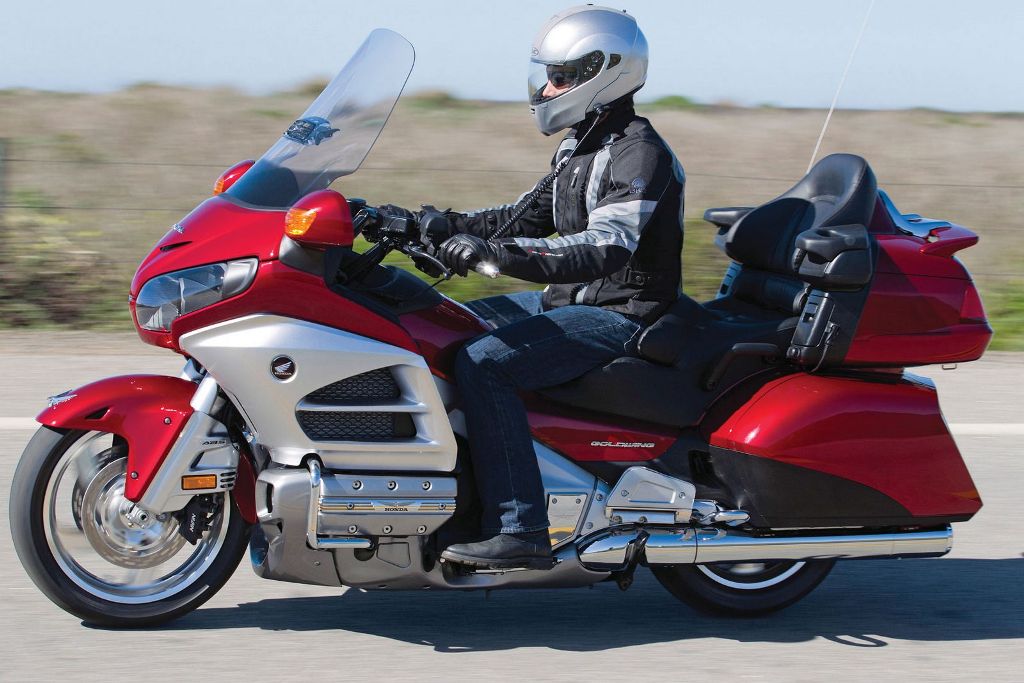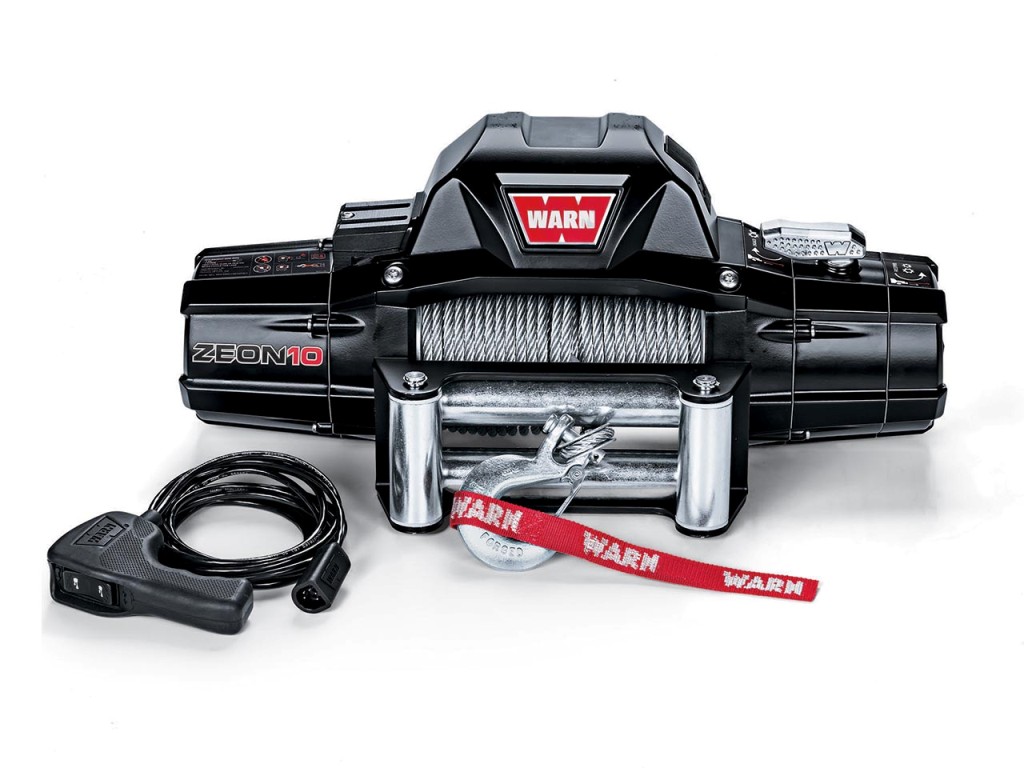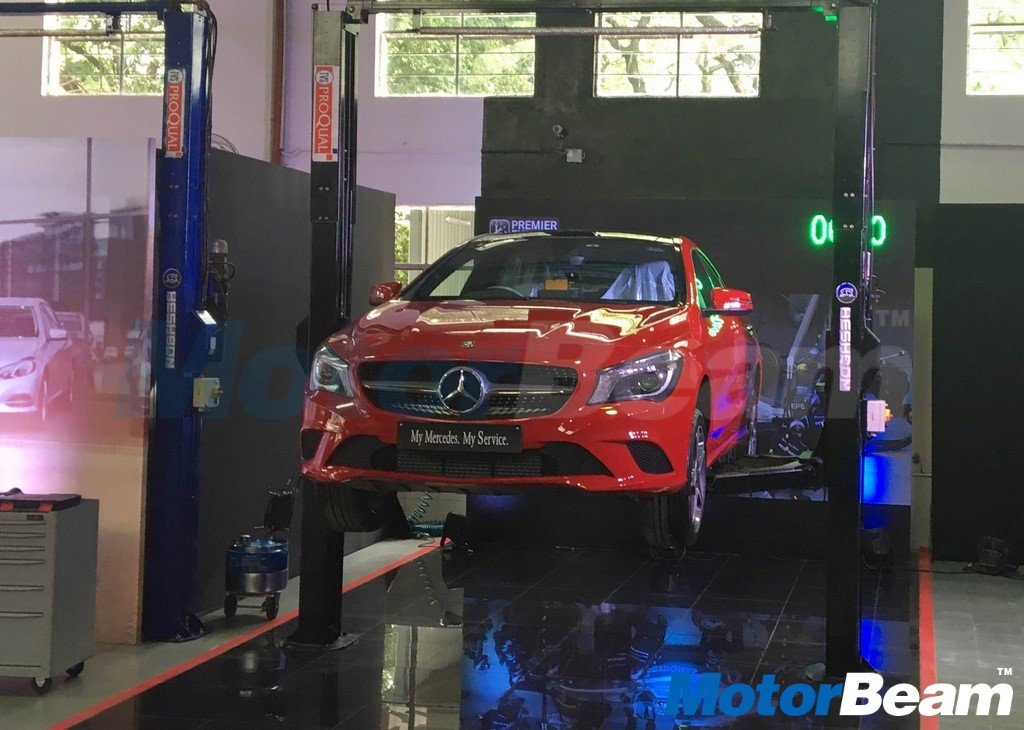Tyres are expensive, period. You may need a replacement once in 4 – 5 years. However, by the end of that period, your tyre could easily be torn down to shreds, if proper care wasn’t given to it. The minimum legal tread depth is 1.5 mm, while some may choose to use beyond that, it can lead to dire consequences. Proper maintenance should ensure safer driving and prolong the life of your tyres.
We provide you with 5 tips to maintaining your tyres and increasing their shelf life.
1. Maintain Correct Tyre Pressure
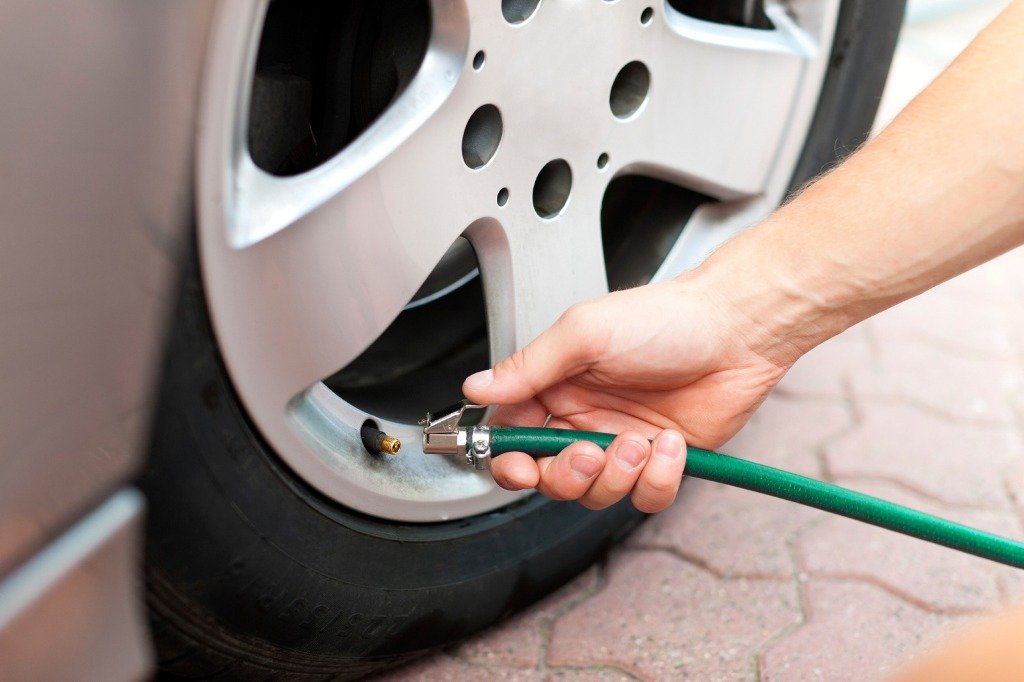
The most important aspect of maintaining a car’s tyres is checking and maintaining the correct tyre pressure. Your owner’s manual will inform you the correct pressure for your tyres. Tyres lose air pressure after continuous driving and are needed to be refilled every month or so. Check the pressure on a fortnightly basis on all four tyres. The best time to do so is when in the morning, when the air is cold. You should also keep a tab on the PSI level of spare wheel on a monthly basis. You can also choose to fill your tyres with nitrogen, which needs to be checked only once in two months.
2. Rotate Tyres
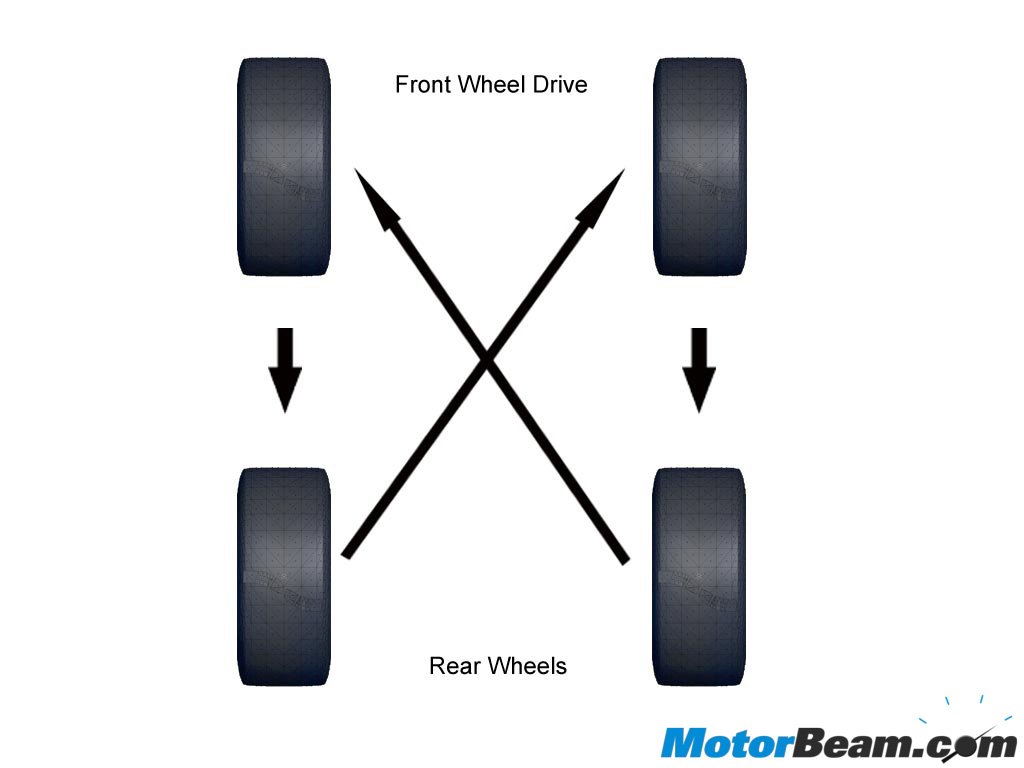
Tyre rotation is important for reducing uneven tyre wear. Regular rotation of your tyres will save your money by increasing the life of your tyres and give you a smoother and a safer ride. In front wheel drive cars, the front tyres are subjected to more wear and tear as compared to the rear ones. Your manual will tell you when to rotate the tyres on your vehicle. Make sure you also find out, if they are directional tyres or non-directional tyres. The rotating technique is different for both. If you have a full sized spare, you could choose to rotate it along with the other tyres, and use the most worn out tyre as a spare.
3. Inspect Treads Regularly
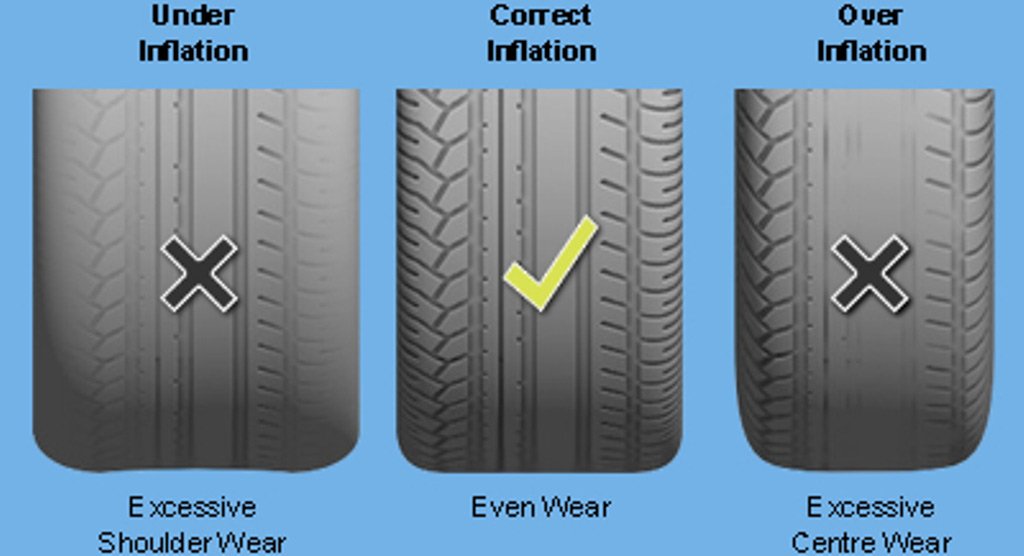
Familiarize yourself with the tread on the tyre when it is new in order notice the wear and tear easily when it occurs. You should look for uneven tread wear, be careful if they are worn as you could cut your hand with the exposed wire under-frame. If the tyre primarily has worn treads around the edges, it denotes of an under inflated tyre, whereas worn treads in the centre indicate over inflation. Tyres that are worn out are also vulnerable to punctures, leakage and blowouts. Newer tyres come with a limit mark, that indicate that the tyres are completely worn out and are in need of a replacement.
4. Get Wheel Alignment And Balancing Done
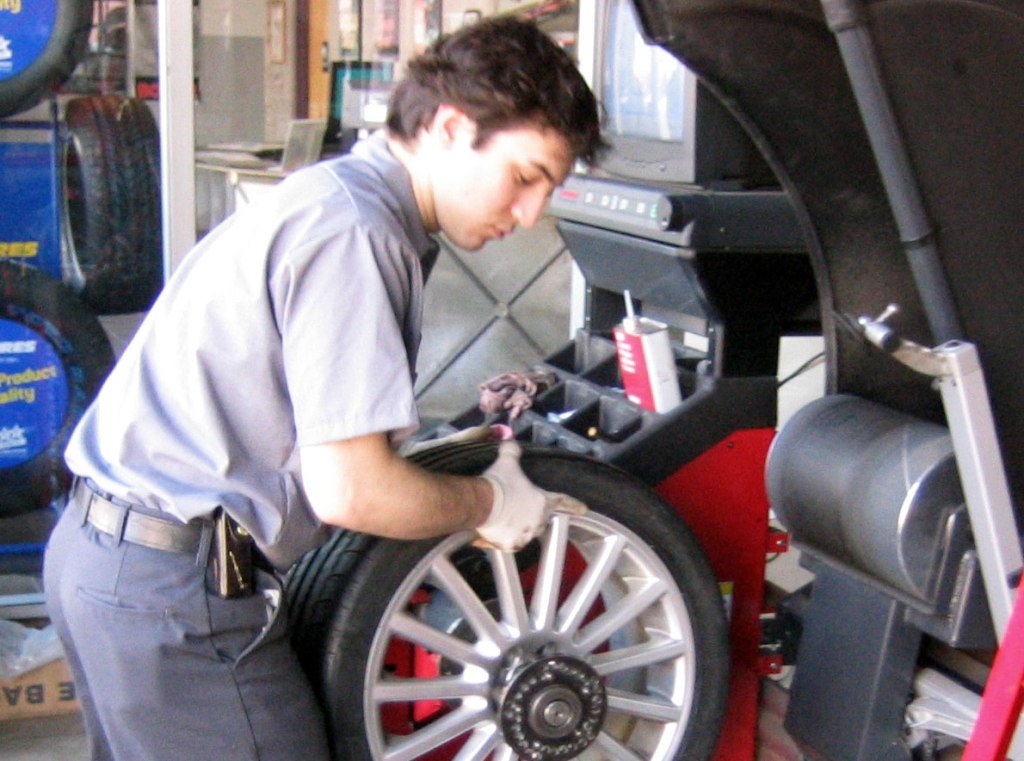
Aligning the wheel has more to do with the suspension which in turn affects the tyres of the car. A car’s alignment gets uneven over time after driving on rough roads, tarmac, potholes and so on. Aligning the wheel readjusts the parts allowing the tyres to roll parallel to one another and stay perpendicular to the ground. In the case of wheel balancing, the tyre loses its weight and is uneven from the side, which results in uneven wear and tear. However, adding small amounts of weight can rectify this issue and ensure longer life for your tyre.
5. Avoid Erratic Behaviour
You need to minimize the excessive and sudden braking to maintain the life of your tyres. Sudden acceleration also contributes equally to reduce the wear of the tyres. Regular tyres are not designed for power slides or burnouts. Even if the smell of burnt rubber entices you, avoid any of these gimmicks on your tyres. They put excessive strain on the tyres resulting in reducing the life more rapidly than anticipated.
When to replace?
Even after following these steps, you are mandated to replace your tyres once the treads wear out. Rubber hardens over time and makes your tyre more susceptible to overheating and blowouts. It is not only unsafe to use worn out tyres, but can be life threatening especially at high speeds.
Tyres should be replaced after 40,000 kms or a maximum of 6 years of good use. You can choose to use the less corroded tyre as a spare. You can also upgrade to better tyres. For instance if you were using tube tyres, upgrade to tubeless tyres or radials for their efficiency. Your choice should depend on the usage. More expensive does not necessarily mean better.


